Julia Llewellyn Smith travels to Bali, Lombok and the Gili Islands to discover why Indonesia is a travellers' favourite.
For decades, Bali’s been a travellers’ favourite. Artists and intellectuals flocked there in the 1930s inspired by its strong Hindu culture and in the 1960s it became a favourite hippy-trail destination.
Over the next couple of decades, Bali’s become a mecca for every type of holidaymaker and it’s easy to see why. For such a tiny island, it boasts every activity from surfing, to hiking volcanoes, to exploring the rice paddies, and every type of hotel from five-star luxury to backpacker hostel.
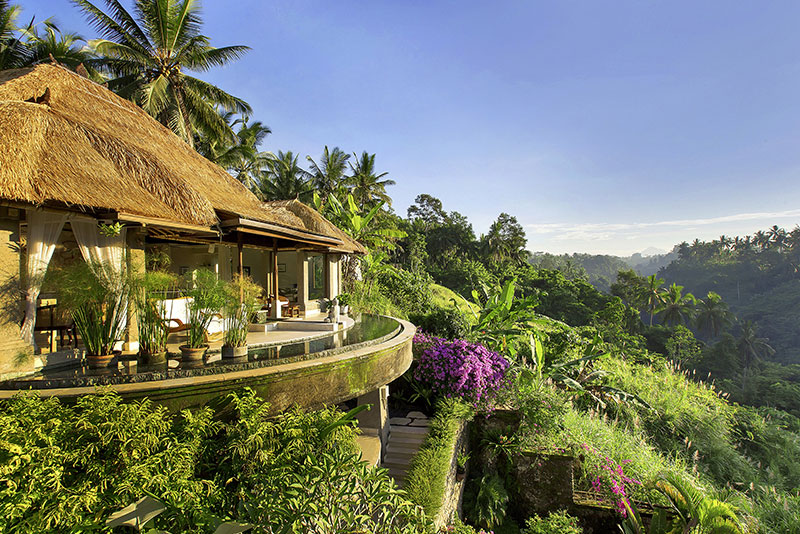
Deciding I was too old for the latter, I plumped to stay just outside Ubud, Bali’s creative centre. About an hour and a half’s drive from the international airport, my hotel, the Viceroy sits at the top of the Petanu river gorge. Its 25 immaculate, airy suites all have their own plunge pool overlooking dense jungle from which mysterious sounds drift up.
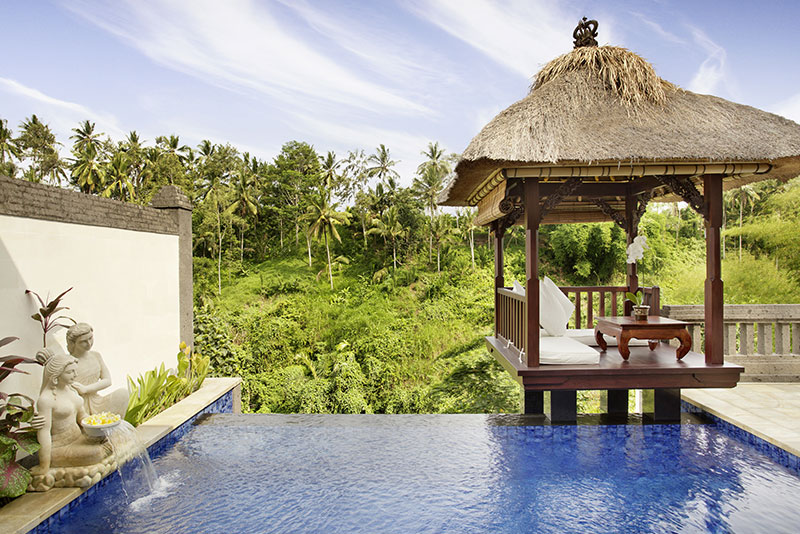
The romantic setting and luxurious, but discreet, atmosphere makes the hotel a huge favourite with honeymooners (Bali’s huge selling point is its dry season is in June, July, August – a time when many traditional honeymoon destinations see torrential rain), several of whom confessed to me they’d barely left the grounds.
I didn’t blame them – why bother when you could easily spend the day lying either by your pool in blissful quiet or by the larger - divine - infinity pool, chatting to the ludicrously friendly staff, perhaps pottering over to the spa for a blissful massage and to drink fresh lime juice in the Jacuzzi.
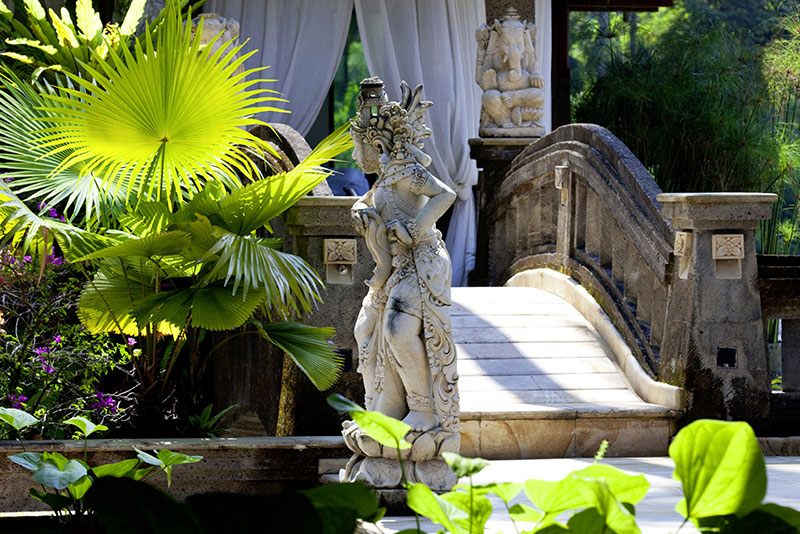
Equally, you could eat in your suite, or at its Cascades restaurant, one of the best in Bali. I greedily guzzled my way through a six-course Indonesian-themed tasting menu (if that’s not enough of a challenge there’s also an eight-course version) and will spend the rest of my days trying to recreate its Sop Bobor, or coconut and spinach soup.
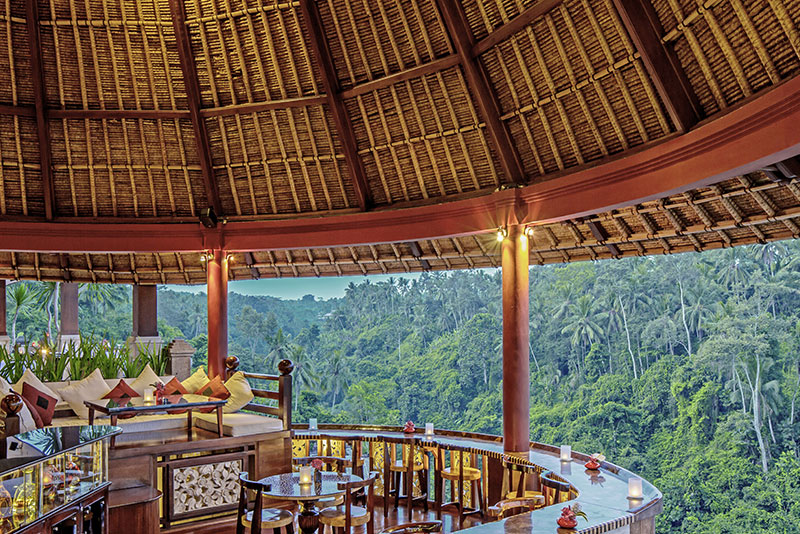
Eventually, I forced myself into Ubud (luckily the hotel runs a free shuttle to cover the 10-minute journey), which couldn’t be a greater contrast to the Viceroy’s quiet. The sophisticated, though still low-rise, town’s a centre for yoga students and those interested in Balinese culture – check out the traditional Legong dances every evening at the 16th-century Palace. There’s also some fantastic shopping – check out Biasa, selling Italian designer Susanna Perini’s cult linen numbers or the delicate silver jewellery at Sisi + Nanan.
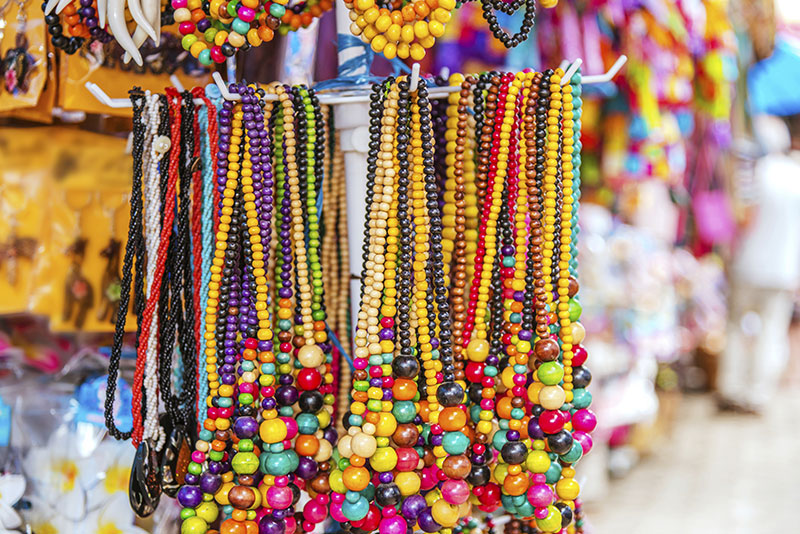
There’s also a buzzing restaurant scene – the town’s considered the gourmet capital of Indonesia - Mozaik, owned by Australia’s answer to Jamie Oliver is always a hot favourite. If you want to escape the city, it’s easy to arrange white-water rafting to exploring the island’s thousands of Hindu temples that line the roadsides and are busy day and night with locals making offerings to their gods.
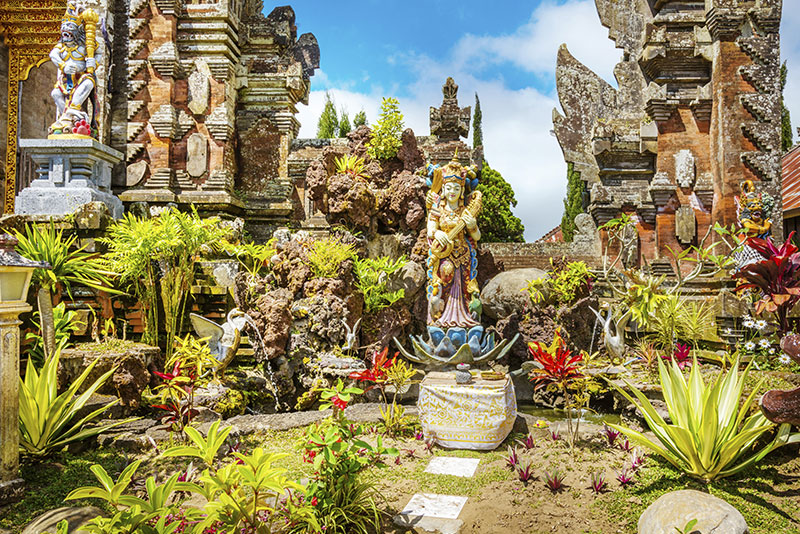
Bali’s huge fun but undeniably touristy. To get an idea of how the island “used to be”, I checked out the neighbouring island of Lombok. An hour’s flight away, the contrast was almost shocking. Unlike Bali, Lombok’s roads are virtually deserted, rather than shops, houses and temples, they’re lined with rich, green paddy fields. Even the island’s main resort, Senggigi, exudes sleepiness, with skinny cattle grazing in meadows that run down to the sea just next door to the handful of upmarket hotels.
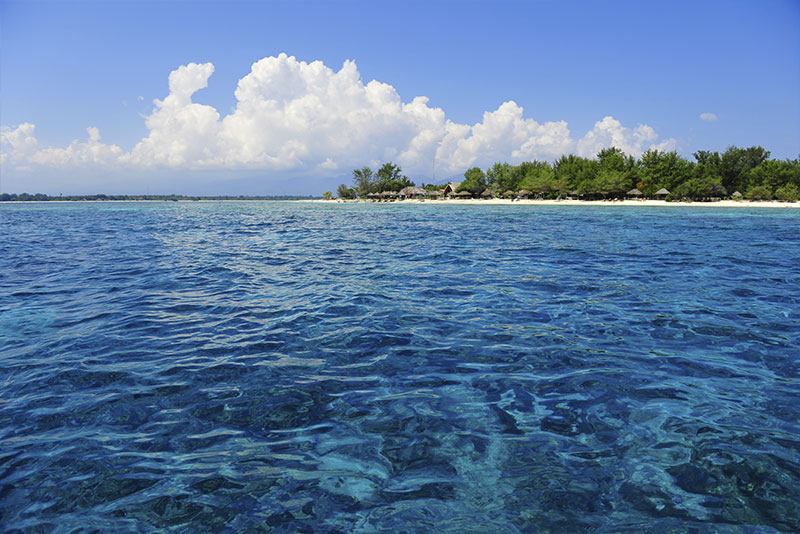
Another 20-minute drive along the coast takes you to the launching pad to the tiny island of Gili Meno, a textbook desert-island, again perfect for couples or those seeking total relaxation.
My speed-boat transfer took me in just 10 minutes straight to the beach in front of Mahamaya, Meno’s first boutique hotel – which hits the perfect balance between five-star resort – that would be OTT in such delightfully simple surroundings - and hostel. Owned by a Brit, Mahamaya has simple but very stylish rooms and a not-fancy but excellent restaurant where you enjoy dishes like Indonesian prawns and linguine while watching the sun go down across the water over Gili Trawangan (the “party” island) across the water and the Balinese volcano, Mount Agung.
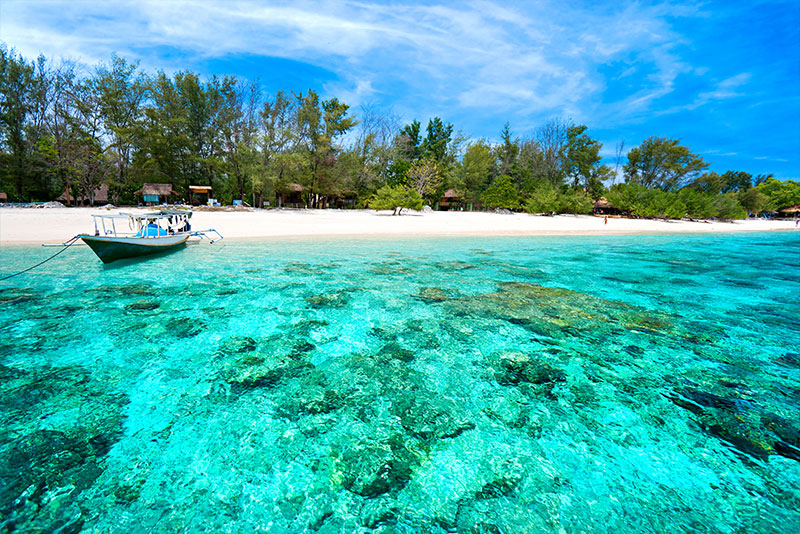
You can snorkel straight from the beach, or take a boat trip round the island to swim in pristine coral and with turtles – I saw six. It’s also easy to hop over to the mainland to visit local Sasak communities or, if you’re really ambitious to plan a three-day, two-night hike to the summit of volcano Mount Rinjani.
One of Mahamaya’s delightful staff advised me to rise just before 6am and cycle, on one of the free bikes provided, to the island’s west coast – all of 15 minutes away in time for sunrise. Peddling as fast as the thick white sand allowed, I passed chickens, cross-legged hippies meditating and groups of local fishermen laughing during their morning dip.
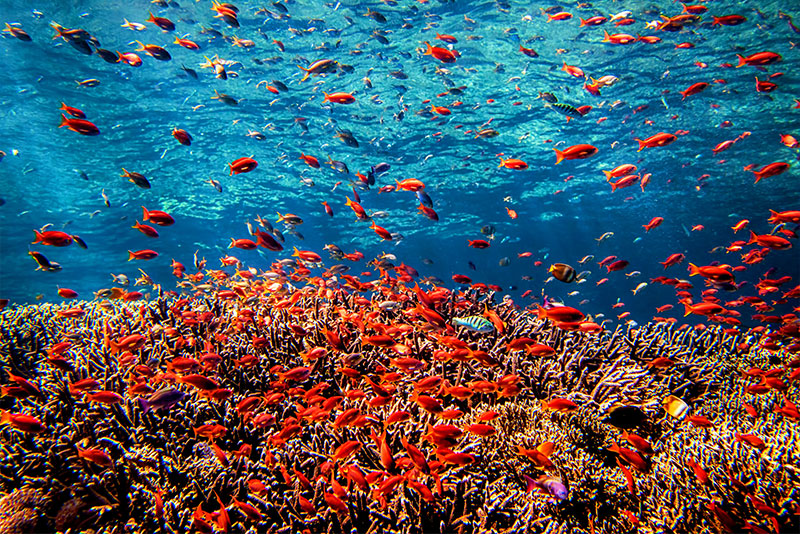
A little way on I dived into the Indian Ocean, watching the sun rise over Gili Air (the “family” island) to the west, before continuing my circular journey, passing one jogger, one ramshackle “shop” and one cidomo, the jangling horse-drawn carts that are the islands’ only means of transport. It was like rediscovering lost paradise.
Inspired?
If you've been inspired to explore Indonesia, from its rice terraces to its transparent lagoons, then you'll want to know a little bit more about it...
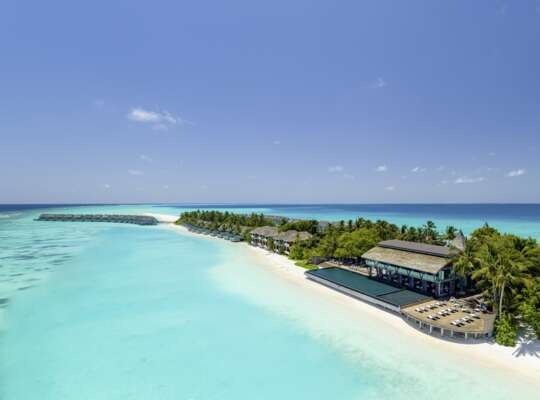

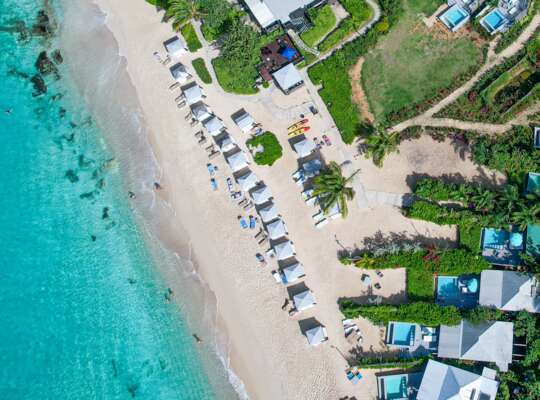

_w=24_h=25.webp?v=a392d311dd743e3625a1f57ba6fc3b967468f36c)
_w=24_h=25.webp?v=a392d311dd743e3625a1f57ba6fc3b967468f36c)
_w=24_h=25.webp?v=a392d311dd743e3625a1f57ba6fc3b967468f36c)